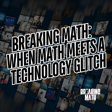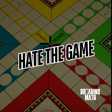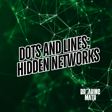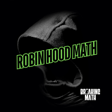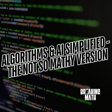
Black Holes: The Abyss Part 3
It's the last week of our summer break and we have 2 episodes this week for you as a little treat. So check out our show on Friday too for a little bit more fun. We can't wait for our fall lineup because it's packed with surprises. If you have not listened to the last two episodes, then we'd highly recommend going back and listening to those. We're choosing to present this information this way because otherwise we'd waste most of your time re-explaining concepts we've already covered.
Black holes are so bizarre when we measured against the yardstick of the mundanity of our day to day lives that they inspire fear, awe, and controversy. In this last episode of the Abyss series, we will look at some more cutting-edge problems and paradoxes surrounding black holes. So how are black holes and entanglement related? What is the holographic principle? And what is the future of black holes?
Keywords: Black holes, gravity, universe, physics, ai, machine learning, education, statistics, engineering, humanity
Subscribe to Breaking Math wherever you get your podcasts.
Become a patron of Breaking Math for as little as a buck a month
Follow Breaking Math on Twitter, Instagram, LinkedIn, Website, YouTube, TikTok
Follow Autumn on Twitter and Instagram
Follow Gabe on Twitter.
Become a guest here
email: breakingmathpodcast@gmail.com











